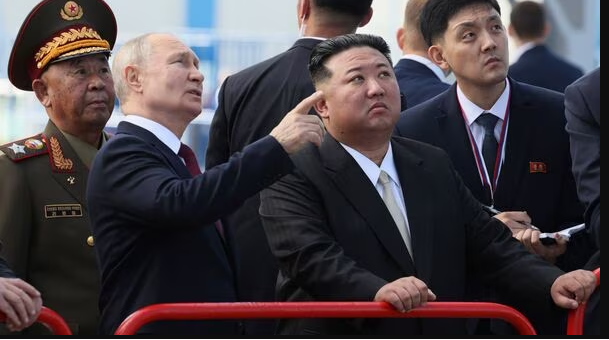National Memorial Day is a poignant occasion observed annually in the United States to honor and remember the brave men and women who have made the ultimate sacrifice while serving in the armed forces.
This solemn day provides an opportunity for citizens to express gratitude, pay tribute, and reflect upon the invaluable contributions of these fallen heroes.
Lets delve into the significance of National Memorial Day, explore its historical roots, and highlight various ways in which people commemorate this solemn occasion.
The Origins of National Memorial Day
National Memorial Day, also known simply as Memorial Day, traces its origins back to the aftermath of the American Civil War.
As the nation grappled with the devastating consequences of the conflict, communities across the country sought ways to honor the fallen soldiers who fought bravely for their beliefs.
The first official observance of Memorial Day took place on May 30, 1868, when General John A. Logan declared it as a day to decorate the graves of Union soldiers with flowers, a gesture that inspired the name “Decoration Day.”
Evolution and National Recognition
Over time, Decoration Day evolved into Memorial Day, expanding its scope to honor fallen soldiers from all wars in American history.
In 1971, Memorial Day was officially recognized as a federal holiday, to be observed on the last Monday of May each year. This decision aimed to provide Americans with an extended weekend for remembrance, while also ensuring national unity in commemorating the sacrifices of servicemen and women.
Commemorative Traditions
National Memorial Day is marked by various traditions and observances that bring communities together to remember and honor real heroes. These traditions include:
Memorial Day Parades:
Throughout the country, parades take place to honor and remember those who have served. These parades often feature military displays, marching bands, and patriotic floats, providing a visual representation of gratitude and remembrance.
National Cemetery Visits
Many individuals visit national cemeteries on Memorial Day, where they place flowers and flags on gravesites as a sign of respect. The most well-known cemetery is Arlington National Cemetery, where the President and other dignitaries participate in the annual wreath-laying ceremony at the Tomb of the Unknown Soldier.
Moments of Silence and Taps
A significant aspect of Memorial Day is observing moments of silence to reflect on the sacrifices made by servicemen and women. The haunting melody of “Taps” often accompanies these solemn moments, enhancing the sense of reverence and unity.
Volunteerism and Community Service
Memorial Day also serves as an opportunity for individuals to engage in community service activities and volunteer work, such as assisting veterans, supporting military families, or participating in memorial clean-up efforts. These acts of service embody the spirit of unity and gratitude that underpin this solemn day.
National Memorial Day holds a sacred reminisce, serving as a poignant reminder of the sacrifices made by those who have served in the armed forces.
Through the observance of longstanding traditions, such as parades, cemetery visits, and moments of silence, we ensure that the memory of our real heroes lives on.
By engaging in acts of volunteerism and community service, we honour their legacy by supporting those who continue to protect and defend our nation. As we come together on this significant day, let us remember that National Memorial Day is not just about a day.





